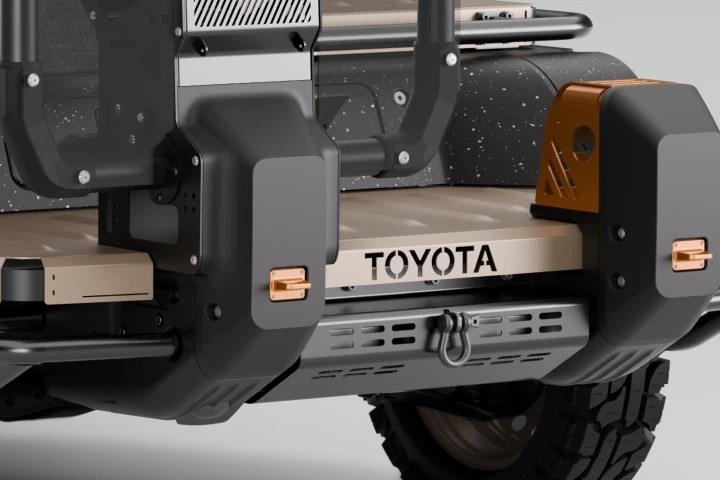Today’s robots are already capable of some incredible feats, whether that be herding sheep in New Zealand or delivering medical supplies in Rwanda. One way they could reach even greater heights is if some of their structural materials doubled as energy storage, much like fat in animals. Scientists have now demonstrated this approach with a multifunctional battery that doubles as the structural material of a scorpion-shaped robot. They estimate this technology could provide future robots with as much as 72 times the power of current configurations.
The work was carried out by engineers at the University of Michigan who were investigating the potential of cheap, non-toxic zinc batteries to power a new generation of robotic devices. These batteries transfer hydroxide ions between a zinc electrode and air cathode via a membrane made out of a water-based polymer gel and the aramid nanofibers used in Kevlar vests, a design that opens up some interesting multifunctional capabilities.
The team used the latest version of its zinc battery as a structural material for small robots shaped like scorpions and worms. The batteries were wired into the motors of the robots and then wrapped around them to protect the delicate components inside. This configuration saw the multifunctional, biomorphic battery serve as both a structural component of the robots and their power source, with a performance similar to typical lithium batteries used today.
“No other structural battery reported is comparable, in terms of energy density, to today’s state-of-the-art advanced lithium batteries,” explains leader of the research Nicholas Kotov. “We improved our prior version of structural zinc batteries on 10 different measures, some of which are 100 times better, to make it happen.”
Kotov says that currently, robots are often designed to accommodate batteries that take up around 20 percent of their available onboard space, and contribute around 20 percent of their overall weight. According to the team, the energy density of structural batteries could change the game in this regard, and could double the range of delivery robots, for example. But it is possible they could go a lot further than that.
“This is not the limit, however,” says Mingqiang Wang, first author of the study. “We estimate that robots could have 72 times more power capacity if their exteriors were replaced with zinc batteries, compared to having a single lithium ion battery.”
This might not only apply to today’s robots built for applications like delivery or warehouse logistics, but could shape the development of much smaller machines on the microscopic scale, where typical batteries are too big and inefficient to do the job. All by taking taking lessons from energy systems of the natural world.
“Batteries that can do double duty – to store charge and protect the robot’s ‘organs’ – replicate the multifunctionality of fat tissues serving to store energy in living creatures,” says Ahmet Emre, a doctoral student in biomedical engineering in Kotov’s lab.
The research was published in the journal Science Robotics, and you can see the robots used in the experiments scuttle around in the video below.
Source: University of Michigan




